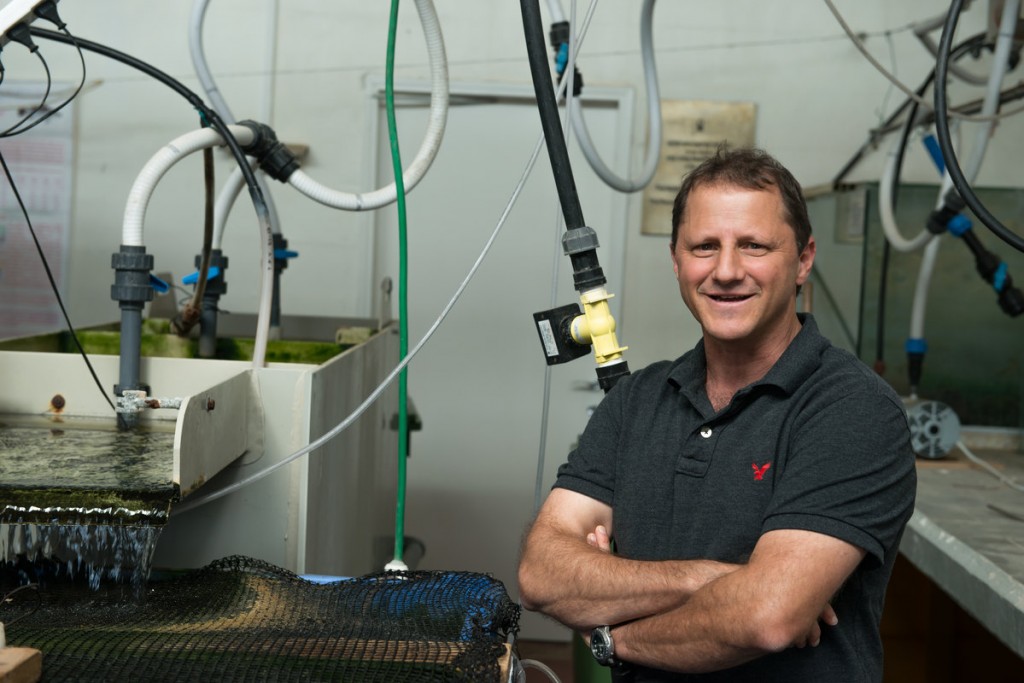
Biofiltration Can Make Our Deserts Bloom
Biofiltration Can Make Our Deserts Bloom
August 17, 2017
Western Journalism — BGU researchers have made yet another discovery that will help make deserts bloom — one that could aid a billion people who are living in areas threatened by desertification.
A team headed by Prof. Amit Gross of the Department of Environmental Hydrology and Microbiology at BGU’s Zuckerberg Institute for Water Research recently published a study revealing how treating graywater using biofiltration is more efficient for irrigation in arid, sandy soils found in deserts.
Until now, the use of raw graywater caused a phenomenon called hydrophobicity, a condition in which water collects on the surface of the soil instead of being absorbed into the ground, as is the case with fresh water.

Prof. Amit Gross
“Graywater-induced hydrophobicity is likely temporary and disappears quickly following rainwater or freshwater irrigation events,” Prof. Gross explains.
“However, it is a more significant concern in arid lands with negligible rainfall as compared with wetter regions.”
Researchers at the University created three graywater models using raw, treated and highly treated graywater and found that only raw graywater showed hydrophobicity, not graywater treated with biofiltration.
“Onsite reuse of graywater for irrigation is perceived as a low risk and economical way of reducing freshwater use, and as such is gaining popularity in both developing and developed countries,” says Prof. Gross. “The results of the study reinforce the recommendations to treat graywater before reusing for irrigation, particularly in arid regions.”
Prof. Gross and his lab have previously proven the safety of graywater reuse for irrigation.
“New graywater systems, including one developed at the Zuckerberg Institute, now make reuse economically feasible on both a national and household scale, provided it is handled responsibly,” the researchers say.



